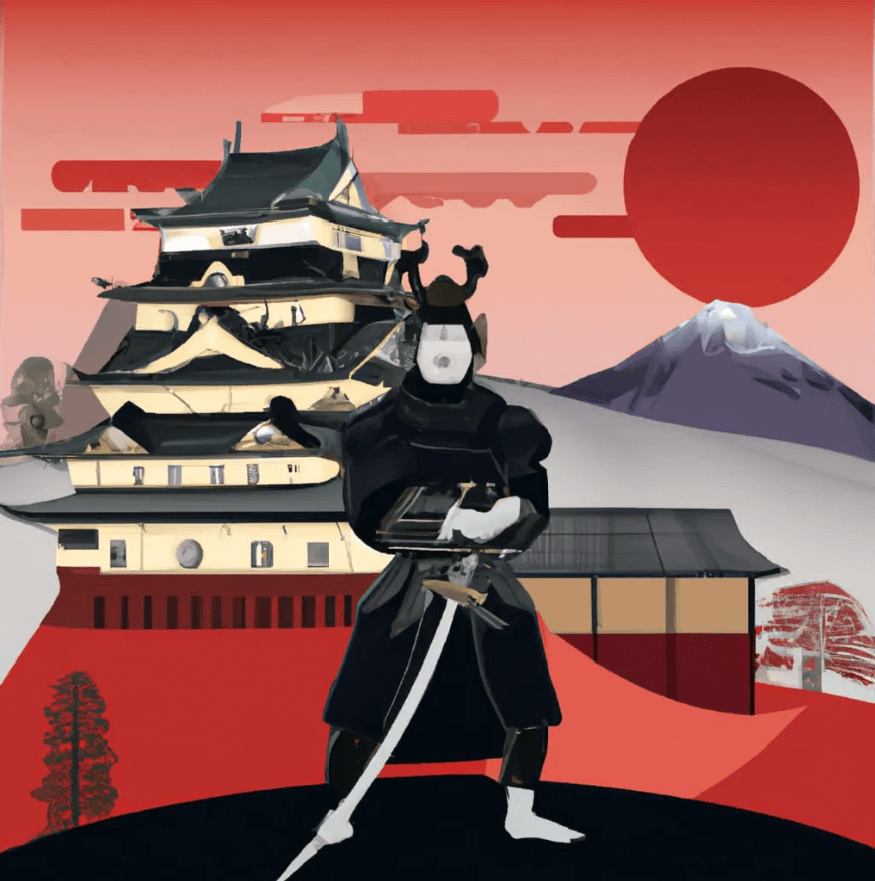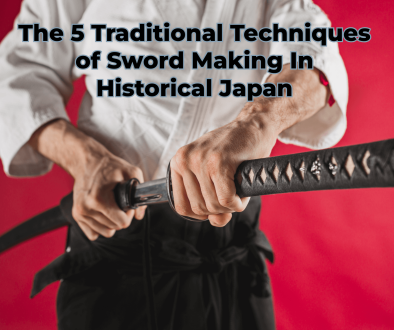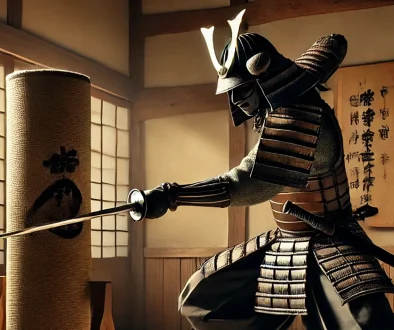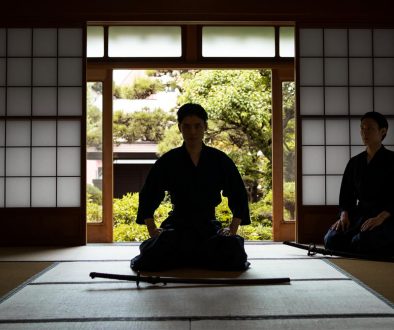The History of Samurai Warfare
The Ancestors of the Samurai, The meaning behind the word “Samurai” comes from the description given to all types of ancient Japanese warriors, which dates back further to signify the military elite ranking officers of old Japan. They would be known for commanding armies and leading troops into battle for territorial disputes. They were the officers that were educated enough to carry the knowledge of military and political skills, and through their influence and control in society, they became feared throughout the land as the techniques, traditions, and skills were passed down over generations. These skills were known as Samurai Warefare.
The moral compass of the samurai ensured that for a period of history, peaking in what was called Sengoku-jidai, as the strategy and tactics of the military were combined with the individual spiritual aspects of the way of the warrior, with the help of publications such as The Five Rings. This age was filled with battle and conflict and translated as The Age of the Country at War.
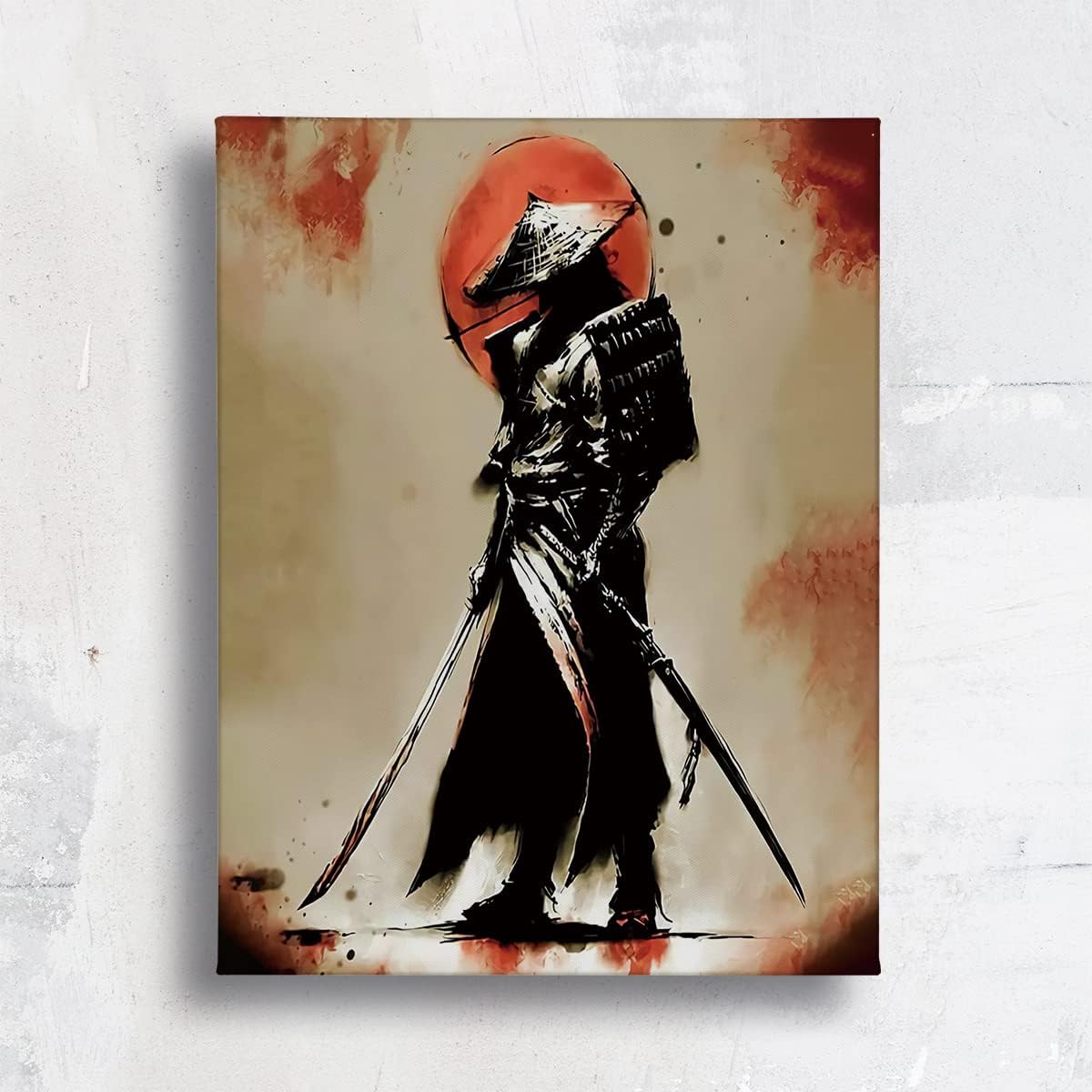
There was a substantial political expression and constant tension between states, as the need to keep the great number of soldiers employed in armies with the need for the samurai warrior to express their dominance in society. Samurai tradition became a problem for society, as many ruled their kingdom with iron fists. The need to be a warrior ended up corrupting the minds of many high-ranking samurai against the better aspects of the growth of society.
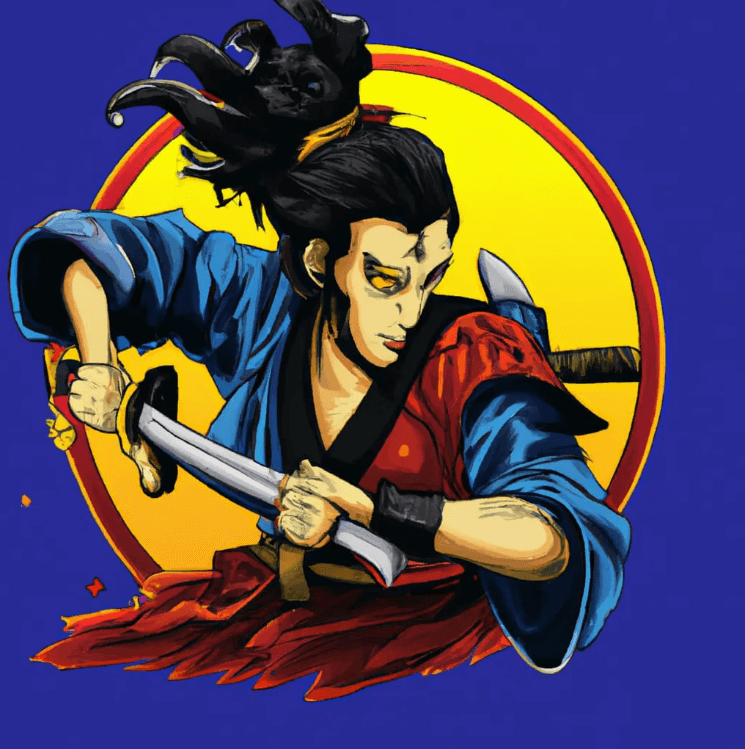
The ideals formulated around the samurai culture stemmed as a more romantic notion passed down from each generation about the warfare that had surrounded previous generations. Unlike more recently, war and power became something to be proud of, and the accounts of early samurai warfare were passed down in scripts known as the Gunkimono, or epic war stories. They were used to teach how samurai had become established and what they had achieved. Many samurai scholars believed that tradition should be entertained to the detriment of society. From these stories, we can learn everything about what went on up to the time of the Gempei War, around the end of the twelfth century. From these accounts, the word “samurai” appears around the mid-tenth century.
The Yamato ruling Emporers
The Japanese state was built fundamentally with a series of conflicts and battles where one particular ruling house wanted dominance over other rivals, and they were the Yamato. The Yamato was the first emperors of Japan, and with their dominance came power until the late half of the seventh century, which would threaten the stability of The Yamato. This series of events began with the emergence of the samurai class, and it all started with the reign of the Emporer at the time, Tenmu.
He reigned AD 673 to 686, and yet a succession dispute is what threatened his final rule, and he clamped down hard with even more dominance of his position by the overuse of soldiers and cavalry and the introduction of a law that made it illegal to possess private weapons from AD 685. He began introducing classes with an imperial conscript army that would see all the country’s population included and ensure they would all swear loyalty to him.
How samurai became established in society
The military arts became an essential arm of what made a successful government. The new class distinction is a reference to who would be able to be a mounted warrior, and this label later became associated with the samurai name and class. It was recommended that all civil and military officials be trained in using arms and riding on horseback.
It was part of the decree that it made any official who wouldn’t afford or take part in mounted horse riding; they would be an infantry soldier. So looking at it from today’s perspective, it would be like our members of Parliament and civil service transcripted to the military. Maybe that’s why there was such an uprising of ninjas in secret. This knowledge also had to be handed down among peasants so they knew the balance of power and understood all elements of finance and politics around them.
Tenmu’s Wife, Jito, Reforms Japan
Over the next decade came reforms through the facade of Tenmu’s wife, with Tenmu’s wishes still acting as an influence. The reforms concluded that the conscript army would be infantry, grouped together from the general population, and with a linked central tax system. This way, she could leverage more financial power over all the states.
Population counting began so proper financial forecasting could begin, and the correct amount of taxes could be collected and maximized. The conscript armies became working heishi (soldiers). Your obligation to join began at twenty and ended at sixty. So for pretty much all your life, you would be part of this incredible force of power made up of the peasants of the land and providing them with wages and taxing them at the same time.
What was a Heishi Soldier?
A heishi was a soldier assigned to a local regiment in their city or town. This was known as a gundan, and they would serve on guard duties primarily for periods of the year. Sometimes ceremonial, but most time on alert. They were then free to spend time agriculturally on their farm or for others while remaining on standby. All the heishi were supplied with equipment, including a bow and quiver stacked with 50 arrows and swords. Mobile infantry equipment was shared among groups of multiple men. Items, such as tents, made the armies appear so battlefield ready.
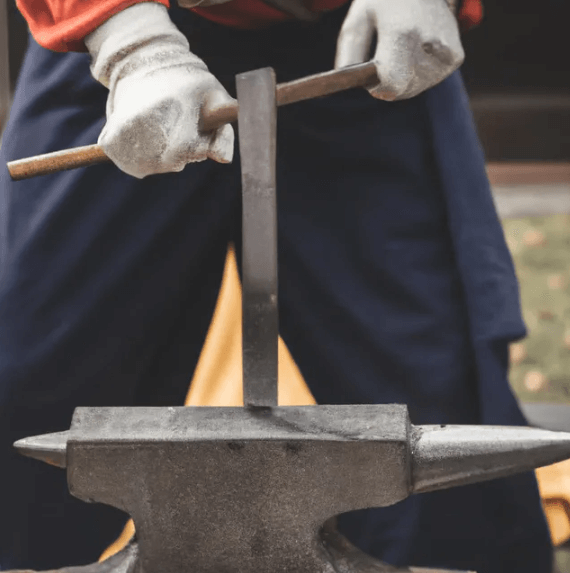
The rota of a soldier was not complicated. However, it was a strict service requirement with expectations above what many soldiers could handle, like being kept on for long past their shift end time and also having to perform agricultural work on their commander’s land without remuneration.
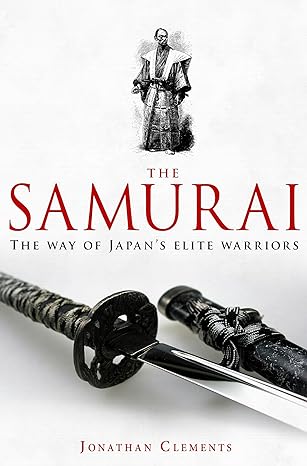
The challenge of living life without the primary breadwinner coming back to their home for many years at a time, and sometimes decades, brought with it an increase in hate towards the ruling class, and so the peasants that were unscripted started to avoid paying taxes, and this reached severe levels by the eighth century.
What made the situation worse was the extra duties bestowed upon the heishi. They were expected as part of their loyalty that even during peacetime, they would guard the capital or be involved in the battle on the frontier. Most of the time it would be relatively peaceful for them, except for occasional rebels to the throne who were involved in an uprising.
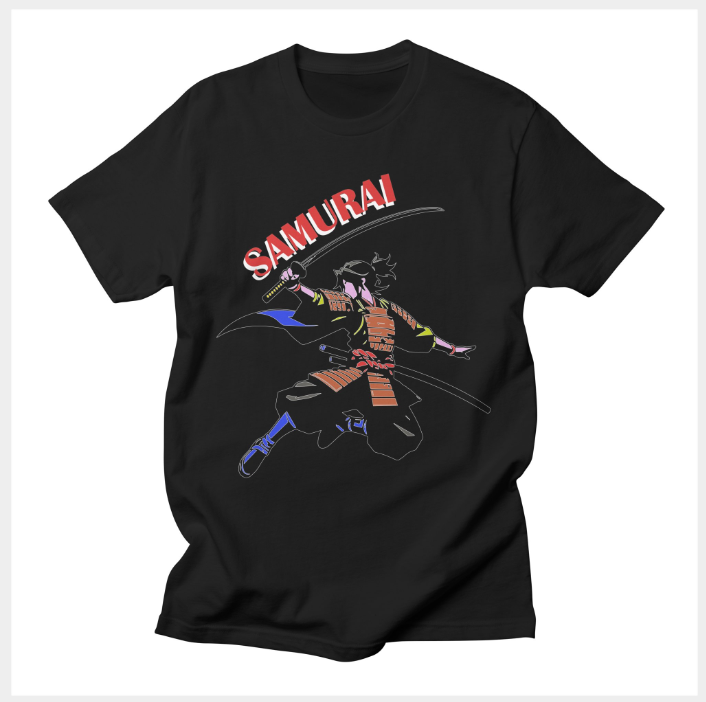
Towards the end of the seventh century, when most of the land under the rule of Jito had become peaceful, troops were only really used to guard the shores and borders against China and Korea by manning the islands of strategic important Iki and Tsushima, as well as the mainland of Kyushu. This meant there were concentrated amounts of heishi in each capital. Almost a police force of peacekeepers.
